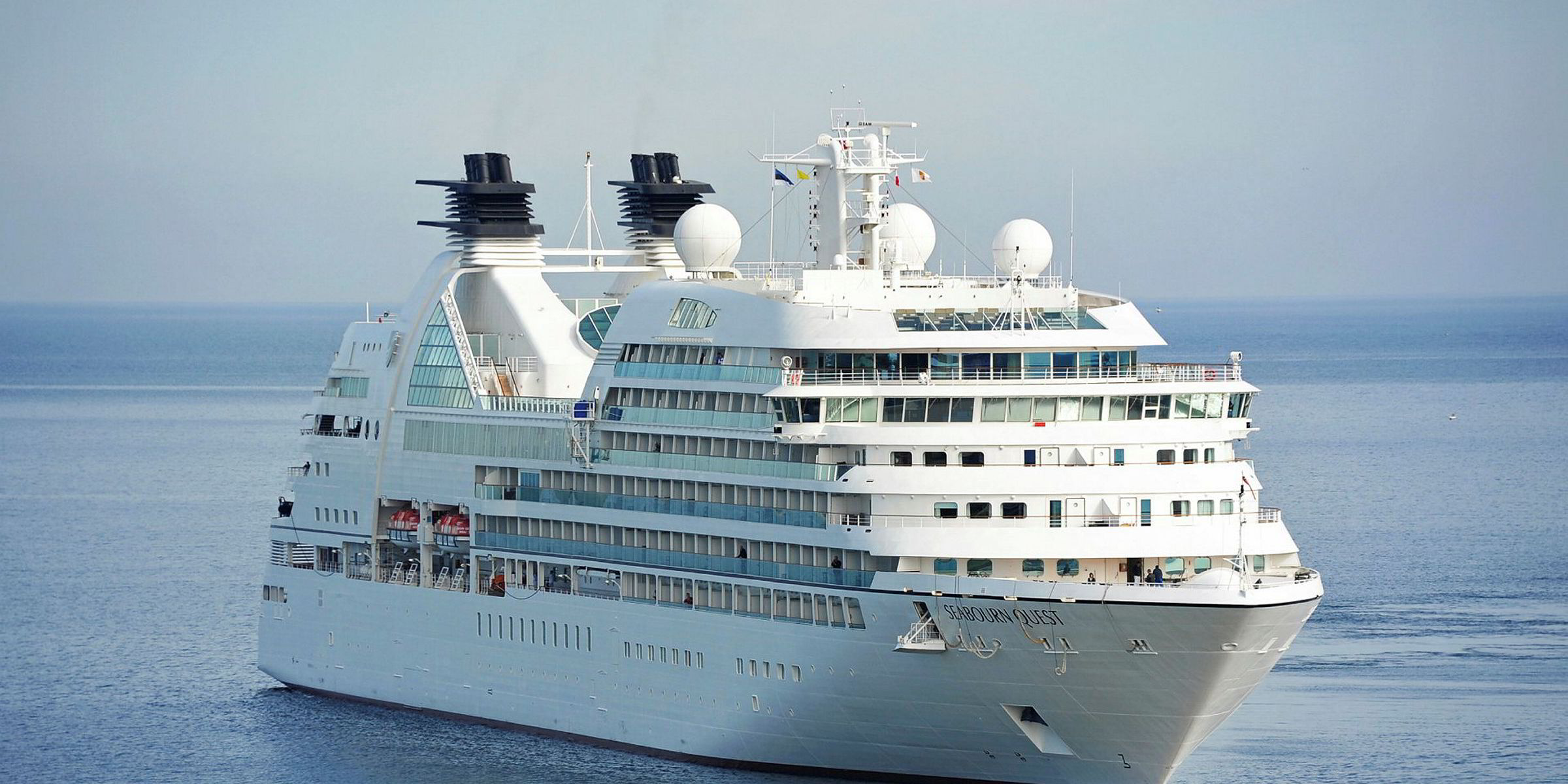The cruise sector may have more berths than passengers in coming years as orders for new vessels steam ahead for the foreseeable future, according to a Morgan Stanley analyst.
The industry's orderbook has risen to a record 235,000 berths, with capacity projected to rise 45% by 2025, Jamie Rollo says.
That represents a corporate annual growth rate of 6%, including scrapping, through 2021, he says.
"So, for the industry to maintain, let's say, 2% to 3% yield growth, demand would need to grow by 8% to 9% annually, which for four consecutive years, seems optimistic and is much more than historic levels," he wrote in a note to clients.
He says industry demand has historically grown 6% per year with annual yield growth of 1% and yearly capacity expansion of 5%.
Caribbean capacity is expected to gain 7% next year among the major lines, with space rising 6% for Carnival, 8% for Royal Caribbean and 9% for Norwegian Cruise Line.
Demand for 2018 could be weaker, however, because travelers may worry about another tumultuous hurricane season, he says.
Nonetheless, cruise demand has been higher than expected and still seems strong, he said.
"US tax reform could boost consumer confidence, and a record stock market is also helping," he wrote.
Capacity growth in the cruise industry may be offset, however, by escalated scrapping as more ships reach the ends of their useful lives, says UBS analyst Robin Farley.
She says Carnival notes that industry capacity that is at least 35 years old will jump to 10,300 berths in 2020 from 3,700 berths in 2016, further widening the gap between gross additions and actual capacity increases.
"And while that gross increase will likely move down, we believe the global base of passengers being sourced, the global demand base, will continue to increase -- with China's growing middle class and with further penetration in the US, Europe and Australia," she wrote in a note to clients.




